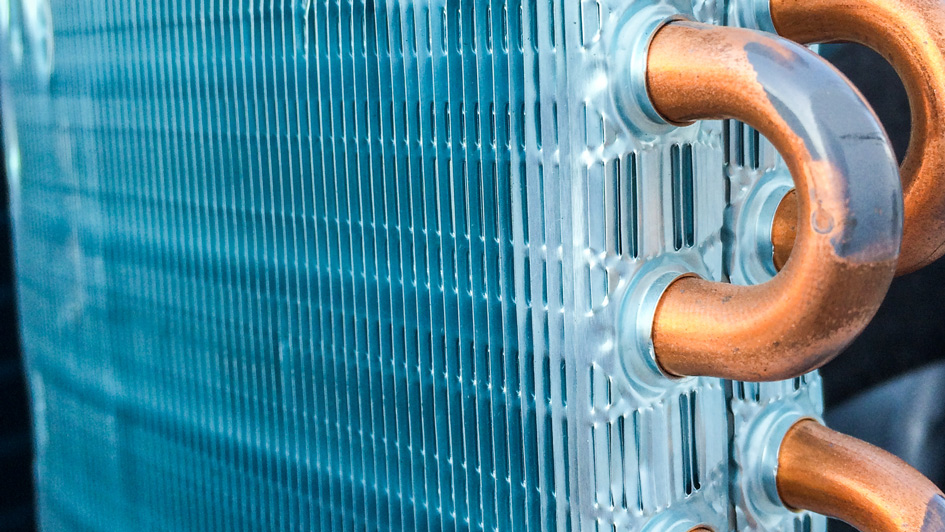
A furnace is often a background player at home, helping keep you warm in the cold winter months. It often doesn’t get noticed until something goes wrong.
One source may be that your furnace has a cracked heat exchanger. It can be a safety risk, so it’s worthwhile to familiarize yourself with the evidence of a cracked heat exchanger and what to do if you believe that may be the problem.
What Is a Heat Exchanger in a Furnace?
A heat exchanger transfers heat from the combustion chamber inside your furnace to the air that moves throughout the system. It typically does this with coils or tubes that heat up the air while functioning as a barrier to keep the gasses produced in the combustion chamber, called flue gasses, from escaping out into your home.
Is a Cracked Heat Exchanger Dangerous?
Because of its important role, it isn't surprising that a broken heat exchanger can pose a risk. Cracks in the heat exchanger can allow dangerous gasses – such as carbon monoxide, which can be lethal – to be distributed throughout your home.
For this reason, do NOT run your furnace if you suspect it has a cracked heat exchanger, as doing so could make the whole household ill. Reach out to an HVAC professional immediately if you are worried your heating has a cracked heat exchanger that needs repair.
Four Signs of a Cracked Heat Exchanger:
- Furnace turns off: A crack in your heat exchanger can cause your furnace to switch off.
- Unusual Smells: If the air coming out of your furnace has a powerful chemical smell, it could be a sign gas is seeping through cracks in your heat exchanger. These gasses, which may smell like formaldehyde, are a major warning sign.
- Carbon monoxide alarm initiates or you notice poisoning symptoms: If a cracked heat exchanger is emitting carbon monoxide inside your home, your carbon monoxide alarm should go off or household members might experience signs of carbon monoxide poisoning. Symptoms include headaches, dizziness, weakness, nausea, vomiting or feeling sleepy. If your alarm goes off or you feel unwell, exit the home immediately and then call for help.
- Soot: If you see black sooty accumulating around the exterior of your furnace, it’s another sign something may be seriously wrong.
What to Do if a Furnace Heat Exchanger is Cracked
If you believe your furnace has a cracked heat exchanger, hire a professional with extensive experience in furnace installation Cache Valley right away so they can inspect your system and, if necessary, perform a furnace heat exchanger replacement. Costs often differ depending on the situation, but estimates often hover around $1,000 to $3,000.
However, the good news is that heat exchangers are regularly covered by the warranty. It's a good idea to confirm the warranty paperwork on your furnace, as while the warranty may not cover the entire cost of repairs, it can significantly shrink your bill.
How to Prevent a Cracked Heat Exchanger in Your Home
One of the easiest ways to prevent a problem in your furnace overall is through regular furnace maintenance. Furnaces work the best when they work efficiently. Contacting a certified professional to check your furnace for worn-out parts, dirty filters and other potential problems can help you avoid getting a big bill later on.
It’s also helpful to inspect your furnace filters every few months – it’s ideal some filters be swapped out every 90 days or sooner if they are dirty or grimy. While the filters aren't connected to the heat exchanger itself, the strain of drawing air through a clogged filter makes the entire furnace work longer to do its job. And the harder your furnace needs to run, the more deterioration pieces like the heat exchanger will experience.
